Don’t allow all your combat encounters to be toe-to-toe slugfests. If the heroes venture into someone’s lair or hunting ground, that someone probably has some sort of plan for dealing with them.
Some of these require a barrier. Good barriers come in a wide variety: portcullis, gate, door, open pit, trap door, etc. Even a conveniently located gelatinous cube could be a barrier. Some barriers can be weapons themselves: stand in the wrong place, and you’ll fall thru the trap door or get hit by the portcullis when the opponents activate it.
Also, keep in mind that not all the opponents need to be the same type of creature. The heroes can be fighting goblins in their lair but then find a rust monster attacking from behind on its own initiative.
Diagrams built in Dungeondraft.
1. Flanking
In a flanking attack, opponents come not only from in front but from the side (which could include from above or below), requiring the heroes to fight in more than one direction. The heroes may be able to flee in a different direction… but that may be exactly what their opponents want.

The heroes are likely to at least back up and regroup, so they aren’t fighting two separate battles and may even flee the way they came in, so the opponents might have a plan for that.
Having opponents attack from more than one direction is effective not only against the melee fighters but also spellcasters, whose area effect spells can only target opponents in one area.
2. Pincer
In a pincer attack, opponents catch the heroes between two groups of them–front and back or left and right flank (or even above and below)–with nowhere for the heroes to go (unless it’s somewhere worse). This is a good way to ensure the rear guard of the party gets some melee action… or to encourage the party to establish a rear guard.

3. Flank Pincer
If it is a flank pincer movement, it is the soft characters in the middle of the party that get targeted primarily. This might even split the party as some characters move to the far end while others back up the way they came.

The heroes are likely to try to regroup or at least put the rear guard between the opponents and the vulnerable characters and squeeze the opponents between the rear guard and the vanguard. The opponents therefore, may plan for an escape if that goes against them.
4. Bottle-neck
In a bottle-neck, opponents hold a narrow passage (a doorway, bridge, staircase, or ladder) so that only one or two of the heroes can engage them at a time. The opponents often use ranged weapons, if they have a good vantage point over those in the bottleneck.

Bottlenecks are common in dungeons and can work both ways, with heroes backing out and then fighting the opponents one-by-one as they come thru. So the opponents should have a plan for such a thing, such as trapping or pincering.
Remember: the heroes want to get in but also have to be able to get out. The opponents live here; they can wait for the heroes to try to move.
5. Trapping
In a trapping attack, opponents corner the heroes in a dead-end corridor or small chamber or create such a space by closing off an avenue of escape with a barrier. This is more effective in liminal spaces the heroes expected to move thru quickly, like a narrow corridor, staircase, or flooded chamber.
In a larger space, the opponents can pour in from multiple sides. In a tighter space, they may wait for the heroes to try to get out, using the doorway as a bottleneck to deal with one hero at a time.

6. Separating
In a separating attack, opponents separate the heroes by putting a barrier between members of the party, cutting some off or trapping them and forcing them to deal with the barrier.
This could also work by causing some characters to do something else away from the fight. For example, the heroes could need to turn a wheel to open or close a valve, haul on a rope to raise a bucket or platform, or activate a magic idol.

7. Shooting Gallery
In a shooting gallery, opponents take up positions for an ambush where they can use ranged weapons against intruders but where intruders have difficulty attacking back. The opponents will prefer high ground, like a ridge over a trail or a balcony overlooking a hall. They may trap the heroes with a barrier to keep them from fleeing.

In one version, small opponents, such as goblins or kobolds, lure the heroes into what appears to be their camp’s defensive stockade with an unguarded, narrow entrance. But in fact, the back palisade wall has holes in it just big enough for the opponents to slip thru and too small for the heroes. Now the opponents can join allies in attacking the heroes with ranged weapons thru the holes in the palisade.

To trap the heroes, the opponents slide some horizontal poles across the narrow entryway. If nothing else, the opponents can now simply run away to their real camp.
Warning: Attacking a trapped party thru arrow slits or murder holes can lead to a total party kill even by weak opponents against quite powerful heroes.
8. Movement Thru Rooms
Regardless of the space, consider how you can split the combat between rooms to make it more interesting.
- Some opponents enter the room when the heroes are in the middle of doing something, like examining a trap.
- Opponents flee the room as soon as the heroes prove to be capable of defending themselves. The heroes will have to decide whether or not to pursue them into a new room of unknown perils.
- The opponents insist on fighting from the cover of the doorway, where the heroes can’t all attack. Remember the monsters only want to keep the heroes out; they may even retreat and close a door or gate.
- The opponents insist on fighting from the high ground of a staircase, where they have advantage. This can be similar to a bottleneck and a shooting gallery, if the staircase is open on one side.
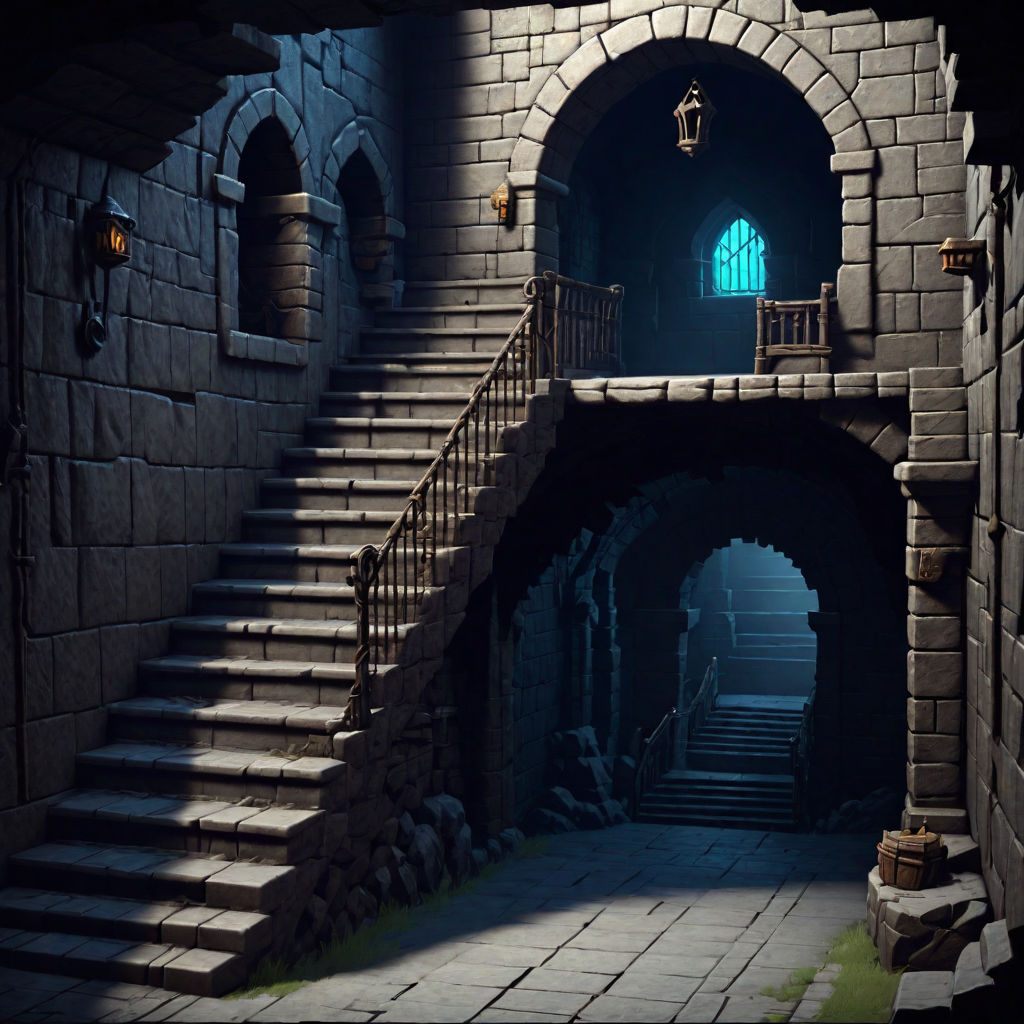
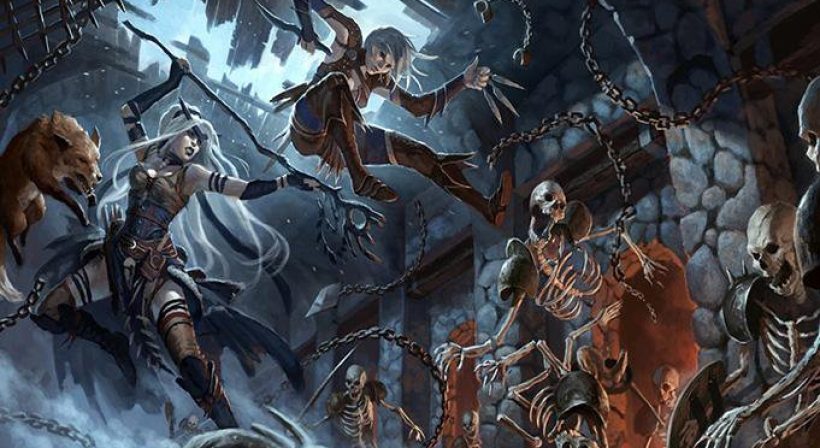

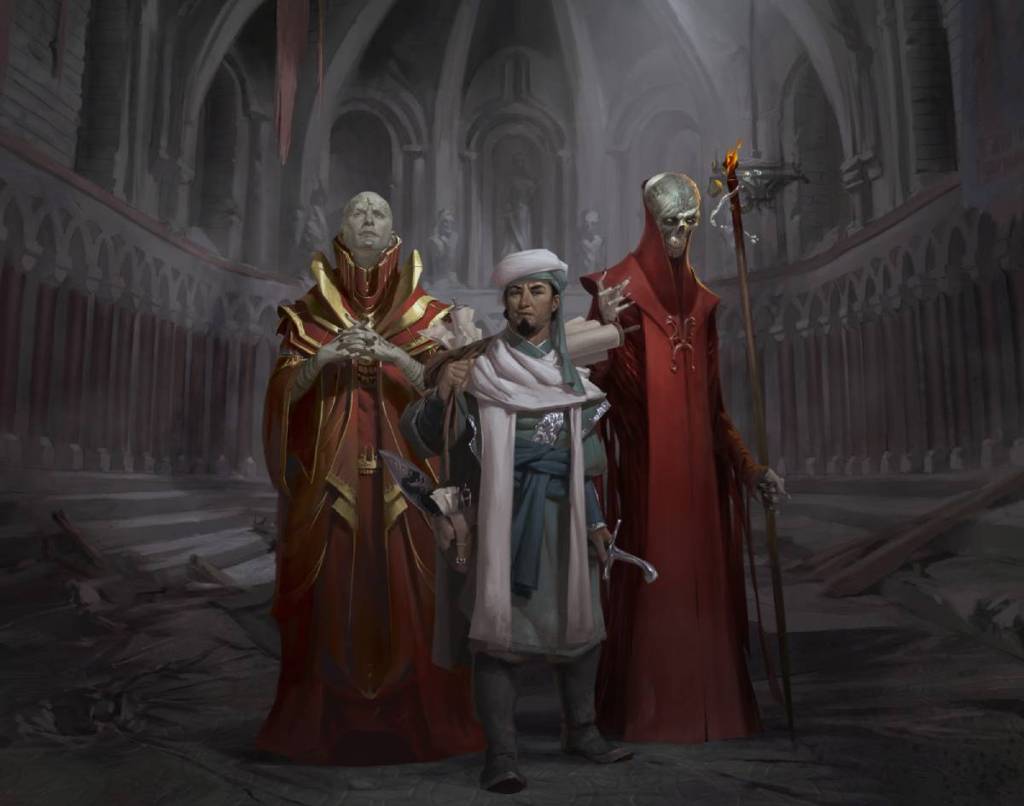
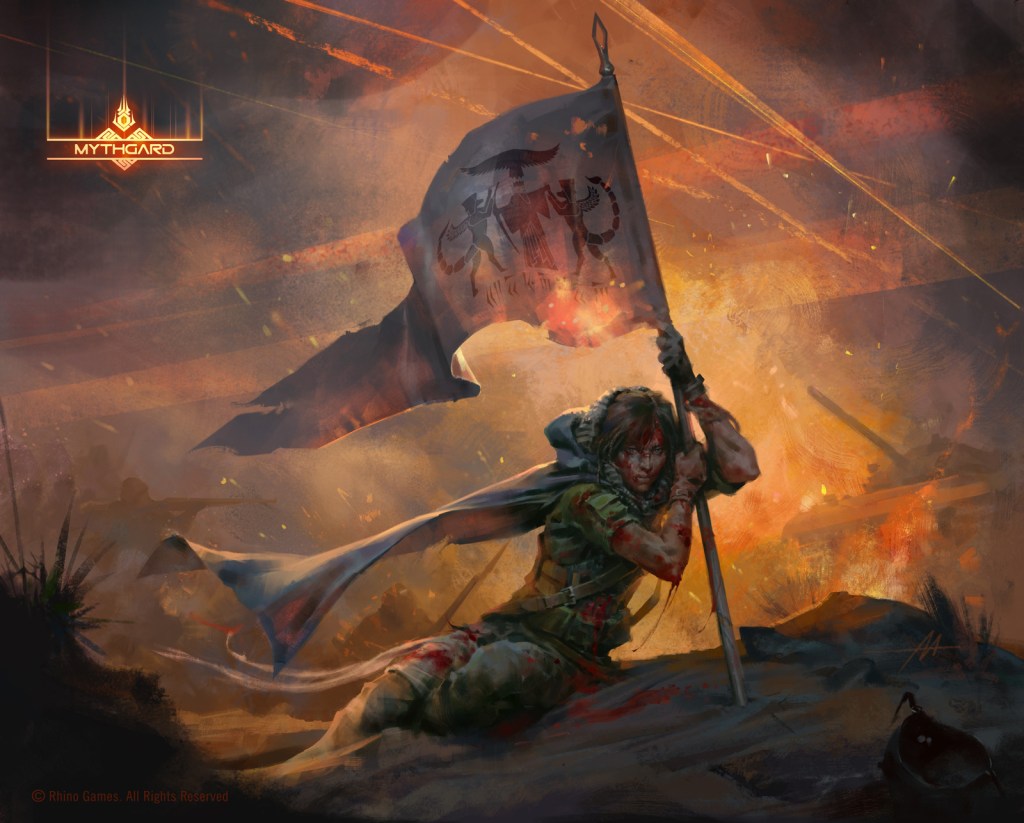
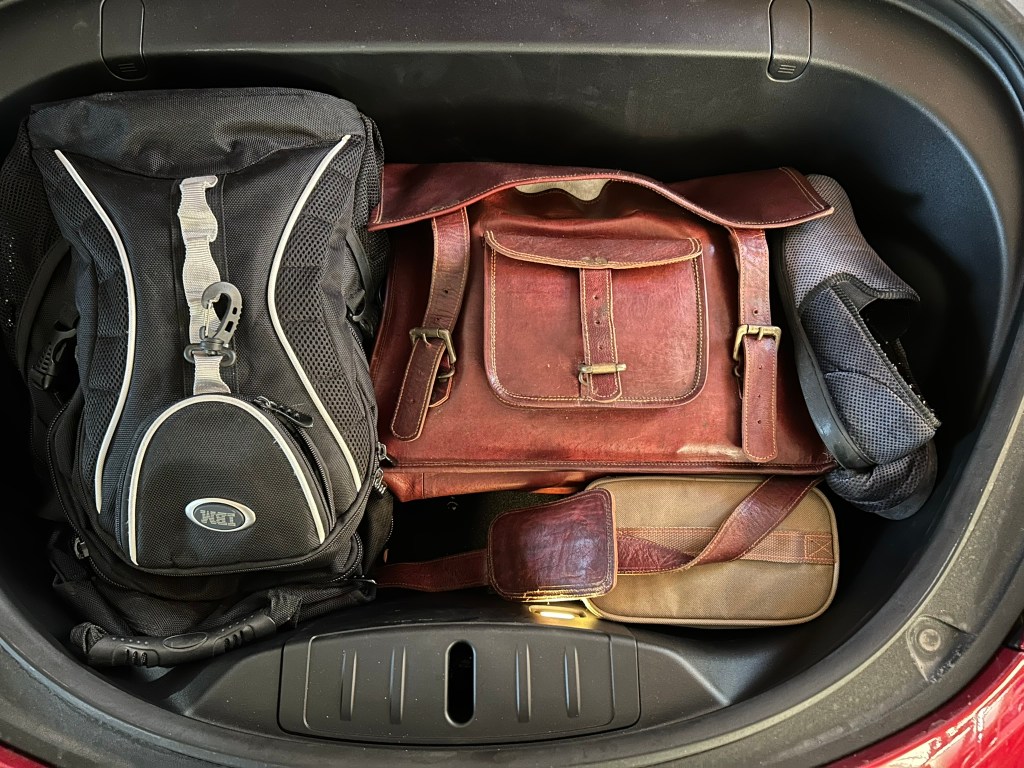
Leave a comment